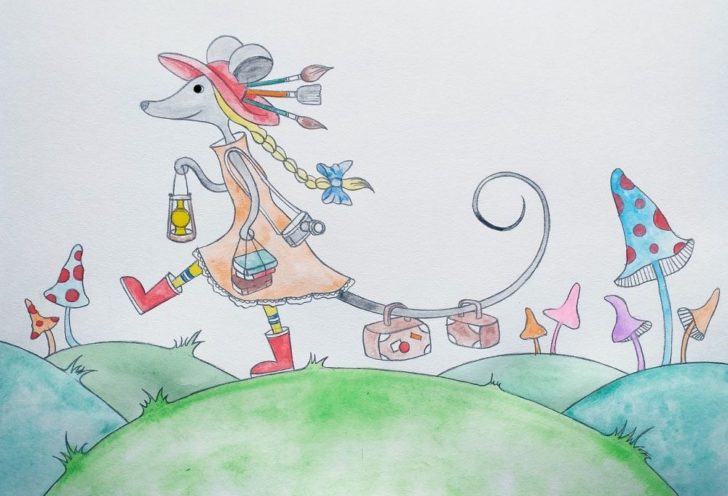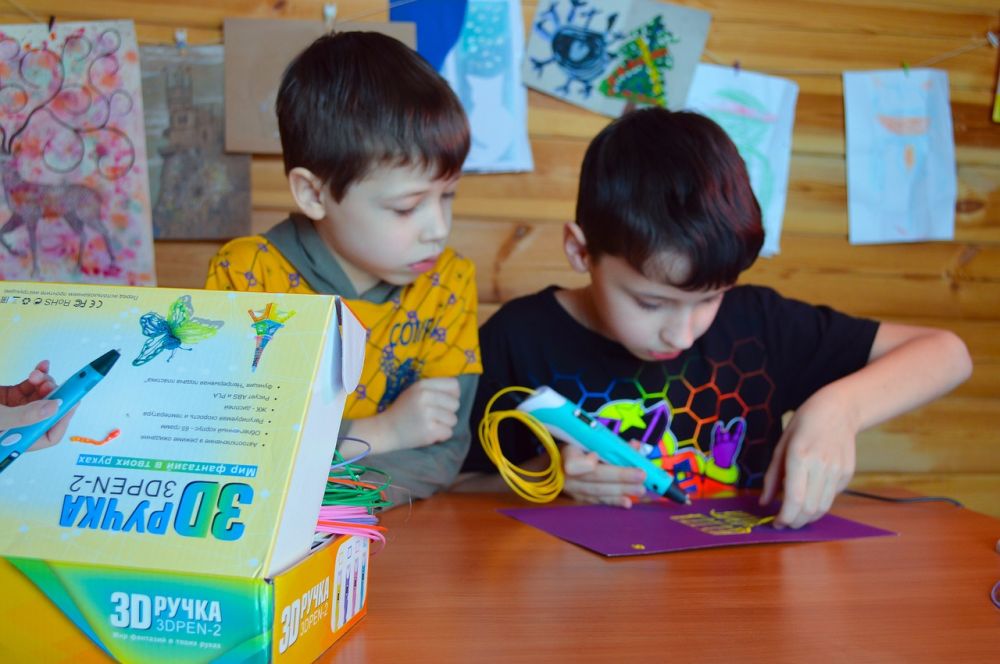Urinary Tract Infections in Children: A Comprehensive Overview

Introduction ()
Urinary tract infections (UTIs) are common bacterial infections that can affect children of all ages. In this article, we will provide a thorough overview of UTIs in children, including the types, prevalence, associated quantitative data, variations, and a historical analysis of the advantages and disadvantages of different UTI treatments.
Overview of Urinary Tract Infections in Children

Definition: A urinary tract infection occurs when bacteria enter the urinary tract, leading to infection in the kidneys, bladder, ureters, or urethra.
Prevalence: UTIs in children account for a significant proportion of pediatric infections worldwide.
Causes: Most UTIs in children are caused by bacteria, with Escherichia coli (E.coli) being the most common culprit.
Risk Factors: Factors such as female gender, poor hygiene practices, structural abnormalities in the urinary tract, constipation, and urinary catheterization can increase the risk of UTIs in children.
Types of Urinary Tract Infections in Children
Uncomplicated UTIs: These infections occur in otherwise healthy children with normal urinary tract anatomy.
Complicated UTIs: These infections are associated with underlying conditions such as vesicoureteral reflux (VUR), neurogenic bladder, or urinary tract abnormalities.
Recurrent UTIs: When a child experiences multiple UTIs within a specific timeframe, it is considered recurrent. This may indicate a need for further evaluation.
Asymptomatic Bacteriuria: Some children may have bacteria in their urine without any symptoms. Treatment is typically not necessary in these cases, but certain situations may require intervention.
Quantitative Measurements of Urinary Tract Infections in Children
[Include relevant statistics, prevalence rates, and data on the impact of UTIs on affected children, if available].
Distinguishing Different Types of Urinary Tract Infections in Children
Symptoms: Depending on the age of the child, symptoms of a UTI may vary, ranging from fever, abdominal pain, frequent urination, urinary urgency, and atypical behavior in infants.
Diagnostic Methods: Various tests, including urine analysis, urine culture, and imaging studies, are used to diagnose UTIs in children.
Treatment: Treatment typically involves the prescription of antibiotics, which should be chosen based on the type and severity of the infection, as well as the child’s age and medical history.
Historical Analysis of Advantages and Disadvantages in Treating Urinary Tract Infections in Children
Antibiotics: The use of antibiotics revolutionized the treatment of UTIs, effectively eliminating the infection. However, concerns about antibiotic resistance have led to alternative approaches, such as targeted therapies and prophylaxis in certain cases.
Surgical Interventions: In children with anatomical abnormalities, surgical interventions may be necessary to prevent recurrent UTIs. These procedures aim to correct structural defects and eradicate potential cause for infection.
Prevention Strategies: Educating children and parents about proper hygiene practices, fluid intake, and urinary habits can help prevent UTIs. Additionally, early diagnosis and management of underlying conditions play a crucial role in reducing the risk of recurrent infections.
Conclusion
Urinary tract infections in children pose a significant health concern and require prompt diagnosis and appropriate treatment to minimize complications. Understanding the different types of UTIs, their prevalence, and historical treatment approaches is essential for healthcare professionals and parents alike. By fostering awareness and implementing preventive strategies, we can improve the overall well-being of children and reduce the burden of UTIs on both individuals and healthcare systems.





















